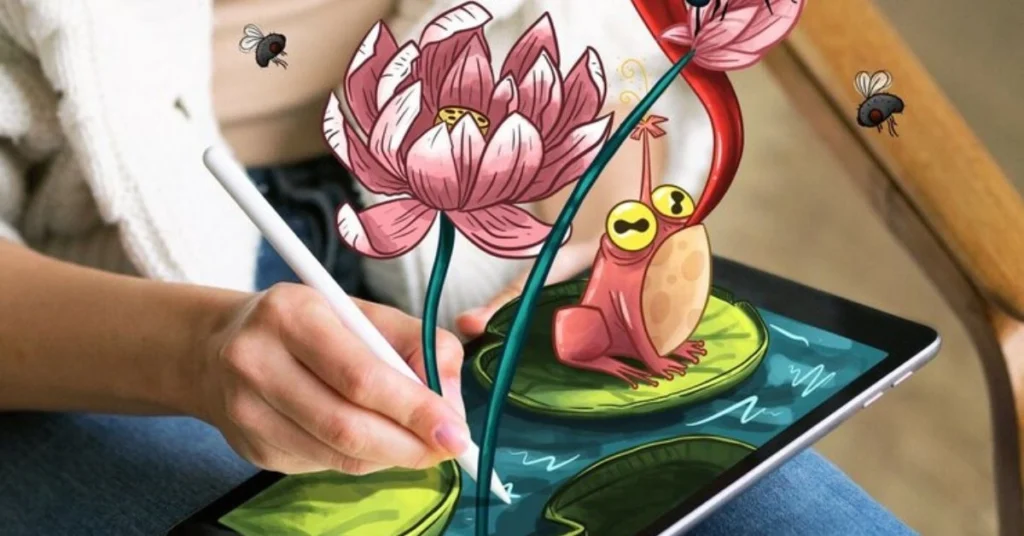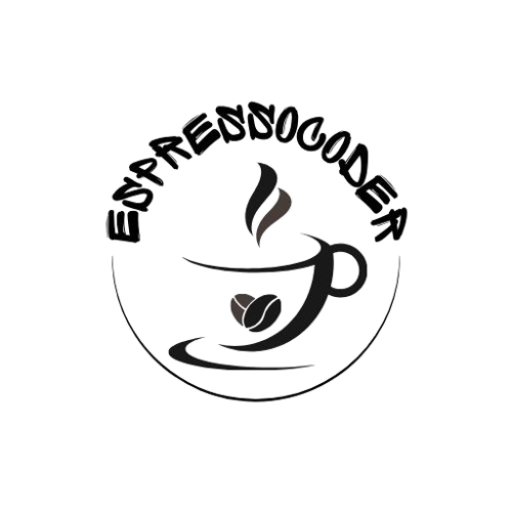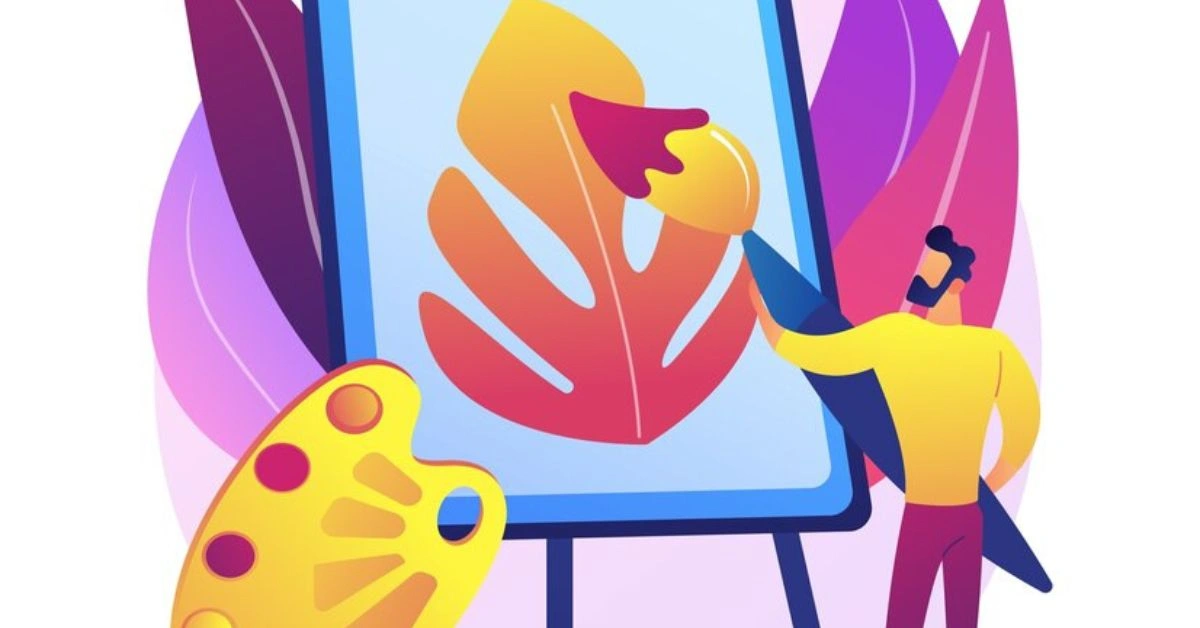Arcyart is a platform designed specifically for art enthusiasts and creators. It allows artists to share their work, connect with others, and build a strong online presence. Whether you’re a beginner or an experienced artist, Arcyart makes art blogging simple and accessible.
Starting an art blog can be a game-changer for artists. It gives you a platform to showcase your artwork to a global audience. Additionally, it helps you connect with fellow artists, art lovers, and potential clients.
Art blogging is more than just sharing pictures of your work. It’s about telling the story behind each piece and sharing your creative process. Through your blog, you can inspire, educate, and engage with your readers.
Arcyart offers tools and features that are perfect for creating a professional-looking art blog. You can design your blog to match your unique artistic style. The platform also makes it easy to organize and display your content.
One of the best things about blogging is its potential to turn your passion into a source of income. With strategies like affiliate marketing, selling your art, and offering courses, your blog can become a business. Arcyart supports these features, making monetization straightforward.
This guide is for anyone who wants to start an art blog on Arcyart. Whether you’re looking to share your work, grow an audience, or earn money, this platform is an excellent choice. By the end of this post, you’ll have all the tools and tips you need to create a successful blog.
| Aspect | Fact/Detail | Figure/Metric |
| Platform Overview | Arcyart.com is a platform designed for artists to create and manage art blogs, showcase work, and connect with others. | No specific figure |
| Ease of Use | Arcyart is beginner-friendly and provides a simple, intuitive interface for blog creation. | No specific figure |
| Design Tools | Arcyart offers customizable themes and templates tailored for art blogs. | No specific figure |
| Content Categories | Common categories include tutorials, portfolio, reviews, and personal stories. | No specific figure |
| Essential Pages | Key pages include “About Me,” “Portfolio,” and “Contact” pages. | No specific figure |
| Content Creation | Bloggers are encouraged to write compelling, engaging, and SEO-friendly posts. | Tips: Use headlines, short paragraphs, and multimedia for visual appeal. |
| SEO Strategy | Focus on keywords, alt text for images, and optimization for better visibility. | SEO improvement leads to higher search rankings. |
| Social Media Promotion | Platforms like Instagram, Pinterest, and TikTok are recommended for sharing art and linking back to the blog. | Frequency: Post regularly and engage with hashtags. |
| Monetization Options | Artists can monetize their blogs through affiliate marketing, selling artwork, services, online courses, and ads. | Income possibilities: Affiliate marketing, e-book sales, online courses, and sponsored content. |
| Crowdfunding and Memberships | Artists can use platforms like Patreon for direct support or add donation options to their blog. | Steady income from supporter contributions. |
| Growing Audience | Collaborations with fellow artists, guest blogging, and community participation help grow the blog’s reach. | Exposure to new audiences through joint efforts and online challenges. |
| Engaging with Readers | Responding to comments, hosting live sessions, and newsletters enhance reader engagement. | Regular communication builds trust and loyalty. |
| Revenue Through Ads | Display ads and sponsored content can generate passive income through ad networks and brand collaborations. | Revenue is based on blog traffic and relevance of sponsored content. |
| Unique Selling Point | Arcyart provides a simple and effective way for artists to build an online presence and turn their passion into a business. | Arcyart combines professional blog-building tools with monetization options. |
Setting Up Your Blog on Arcyart
Creating an art blog on Arcyart is straightforward and beginner-friendly. This section will guide you through the steps to get started, from signing up to designing your blog. By the end, you’ll have a professional-looking blog ready to showcase your creativity.
Creating Your Arcyart Account
Start by visiting Arcyart.com and signing up for an account. Fill in your details, including your name, email, and a secure password. Once registered, you’ll gain access to the Arcyart dashboard, which is the control center for your blog.
Take some time to explore the dashboard. It includes tools for writing posts, managing your content, and customizing your blog. Familiarizing yourself with these features will make the process smoother.
Designing Your Blog with Arcyart Tools
Choose a theme that complements your artistic style. Arcyart.com offers a range of templates designed specifically for art blogs. Look for one that highlights visuals and keeps your content organized.
Customize your blog’s appearance to make it uniquely yours. You can adjust the colors, fonts, and layout to reflect your personality and brand. A visually appealing design helps attract and retain readers.
Optimizing Your Blog’s Structure
Organize your content into categories to make it easier for readers to navigate. Common categories for art blogs include tutorials, portfolio, reviews, and personal stories. This structure helps readers quickly find the content they are most interested in.
Ensure your blog has a clean and user-friendly layout. A simple menu bar at the top of the page can guide readers to important sections like your portfolio or about page.
Creating Essential Pages for Your Blog
Every successful blog needs a few key pages. The About Me page introduces you to your readers and tells your story. Share details about your artistic journey, inspirations, and what makes your work unique.
A Portfolio page is crucial for showcasing your best work. Include high-quality images of your artwork with brief descriptions. This page is especially important for attracting clients and collaborators.
Finally, add a Contact page. Include your email address or a contact form so visitors can reach out to you for commissions, collaborations, or feedback.
Creating Engaging and SEO-Friendly Content
After setting up your blog, the next step is creating content that resonates with your audience. Engaging posts will keep readers coming back, while SEO ensures they can find your blog online. This section will help you craft captivating content and optimize it for better visibility.
Brainstorming Content Ideas for Your Art Blog
Start by thinking about the topics your audience will enjoy. Popular ideas include tutorials, personal stories about your artistic journey, and product reviews. For example, you could write about the tools you use or share step-by-step guides for specific techniques.
Look at trending topics in the art world for inspiration. Search social media or art forums to see what people are talking about. Creating content on current trends keeps your blog relevant and engaging.
Writing Compelling Blog Posts
Begin with an attention-grabbing headline. A strong headline tells readers what to expect and makes them want to click. For example, “5 Easy Watercolor Techniques for Beginners” is clear and enticing.
Structure your posts to make them easy to read. Use short paragraphs, bullet points, and subheadings to break up the text. This helps readers quickly find the information they need.
Add a personal touch by sharing your thoughts, experiences, and creative process. Readers love connecting with the person behind the art. Storytelling makes your blog posts more relatable and memorable.
Content Diversity: A Tapestry of Art Forms

One of Blog ArcyArt’s defining features is its rich tapestry of content, encompassing various art forms and mediums. Visitors can explore:
Firstly, Blog ArcyArt delves into traditional art, spanning from classical paintings to contemporary interpretations. It serves as a platform showcasing the evolution of traditional techniques and styles, offering a glimpse into the rich heritage and ongoing innovation within the realm of visual arts.
Secondly, the blog highlights digital art, where technology meets creativity in forms such as digital illustrations, graphic designs, and multimedia artworks. This section explores how artists leverage digital tools to push artistic boundaries and create innovative expressions that resonate in today’s digital age.
Thirdly, Blog ArcyArt provides insights into sculpture and installation art, delving into three-dimensional forms that redefine spatial boundaries. From sculptures that evoke emotion to installations that challenge perceptions, this section celebrates the diversity and impact of contemporary sculptural practices.
Lastly, the blog features photography, capturing moments and emotions through the lens. It covers both fine art photography, where aesthetics and composition take center stage, and documentary styles that narrate stories and capture societal truths through visual storytelling.
Incorporating SEO Strategies for Better Visibility
SEO (Search Engine Optimization) helps people find your blog through search engines. Start by researching keywords related to your topic. For example, use terms like “art tutorials” or “art blog tips” in your posts.
Place keywords naturally in your title, headings, and throughout the content. Avoid overusing them, as this can hurt your rankings. Focus on writing for humans first, and search engines second.
Optimize your images by adding alt text that describes them. This not only improves SEO but also makes your blog more accessible. For example, describe an image as “A watercolor painting of a sunset over mountains.”
Enhancing Visual Appeal in Your Blog Posts
High-quality visuals are essential for an art blog. Include clear and vibrant images of your work in each post. Use a good camera or smartphone, and edit the photos to enhance their quality.
Incorporate videos or GIFs if they add value. For instance, a time-lapse video of your painting process can be both engaging and educational. Multimedia elements make your blog posts more dynamic.
Add graphics or infographics to explain complex ideas visually. Tools like Canva or Adobe Express can help you create custom designs. Visuals make your content more shareable and appealing.
Building Engagement and Growing Your Audience
Creating great content is just the beginning. To make your blog successful, you need to attract readers and keep them engaged. This section will guide you on how to promote your blog and build a loyal audience.
Promoting Your Blog on Social Media
Social media is a powerful tool for driving traffic to your blog. Platforms like Instagram, Pinterest, and TikTok are ideal for showcasing your art. Share snippets of your blog posts and link back to your blog for the full content.
Create engaging posts that capture attention. Use strong visuals, short captions, and relevant hashtags to reach a wider audience. For example, if you’re sharing a tutorial, include a step-by-step preview and encourage readers to visit your blog for more details.
Consistency is key. Post regularly to stay visible to your followers. Use tools like scheduling apps to plan your social media content in advance.
Collaborating with Other Creators
Connecting with fellow artists and bloggers can help grow your audience. Consider guest blogging on other art blogs or inviting others to write for yours. Collaborations expose your work to a new audience.
Join art communities or participate in online challenges. These activities increase your visibility and help you build relationships within the art world. For example, you can join a monthly art prompt challenge and share your process on your blog.
Collaborations don’t have to be limited to blogs. Partner with other artists on social media campaigns or co-create content. Shared efforts benefit everyone involved.
Interacting with Your Readers
Engage with readers by responding to comments on your blog. Thank them for their feedback and answer their questions. This builds a sense of community and encourages them to return.
Encourage readers to share their thoughts and ideas. For example, ask them what topics they’d like you to cover in future posts. When readers feel heard, they’re more likely to stay loyal.
Host live Q&A sessions or webinars to connect with your audience directly. These events allow you to showcase your expertise and build trust.
Leveraging Email Marketing
Email marketing is a great way to keep your audience updated. Create a newsletter to share new blog posts, upcoming projects, or exclusive tips. Make it personal and engaging.
Offer a free resource, like a downloadable art guide or printable, to encourage sign-ups. For example, you can share a free e-book on basic sketching techniques. This gives readers an incentive to subscribe.
Send emails consistently but avoid spamming. Once or twice a month is enough to keep your audience engaged without overwhelming them.
Monetizing Your Art Blog
Once your blog has engaging content and a growing audience, it’s time to explore monetization. Turning your passion for art into a source of income is achievable with the right strategies. This section will show you how to make money through your art blog.
Affiliate Marketing
Affiliate marketing allows you to earn commissions by promoting products. Partner with art supply brands or online marketplaces like Amazon. When readers click on your affiliate links and make a purchase, you earn a percentage of the sale.
Write product reviews or tutorials that naturally include affiliate links. For example, create a blog post about the “Best Watercolor Brushes” and link to the products you recommend. Be transparent with your audience about affiliate partnerships.
Focus on promoting products you genuinely use and trust. This builds credibility with your readers and increases the chances of sales.
Selling Your Artwork and Services
Your blog can double as a platform to sell your art. Create a dedicated page or section to showcase your pieces. Include details like price, size, and shipping options to make purchasing easy.
Offer custom commissions to cater to specific client needs. For example, you can create personalized portraits or design logos for businesses. Highlight past work and testimonials to attract potential buyers.
You can also use your blog to promote services like teaching art classes or hosting workshops. Use your content to show your expertise and encourage readers to sign up.
Launching Online Courses or E-Books
If you enjoy teaching, consider creating online courses. Platforms like Teachable or Skillshare can host your courses, while your blog helps promote them. Cover topics like painting techniques or how to start an art blog.
E-books are another excellent option for sharing in-depth knowledge. Write guides or tutorials that go beyond what you offer in your free blog posts. For instance, create an e-book titled “Mastering Digital Art for Beginners.”
Offer exclusive discounts or bonuses to your blog readers. This encourages them to purchase while rewarding their loyalty.
Generating Revenue Through Ads and Sponsorships
Display ads are a simple way to earn passive income. Sign up for ad networks like Google AdSense to place ads on your blog. Earnings depend on the number of visitors to your site.
Collaborate with brands for sponsored content. For example, a paint company might pay you to write a tutorial using their products. Be sure to disclose sponsorships to maintain transparency with your readers.
Keep ads and sponsored content relevant to your niche. This ensures they enhance, rather than distract from, your readers’ experience.
Using Crowdfunding and Memberships
Platforms like Patreon allow readers to support your work directly. Offer exclusive perks like behind-the-scenes content, early access to blog posts, or personalized art. Regular supporters help create a steady income stream.
Add a donation option on your blog for one-time contributions. Let readers know how their support helps you create more content. Even small donations can add up over time.
Consider offering a membership program. Members could get access to exclusive tutorials, downloadable resources, or live Q&A sessions. This rewards your most loyal readers while providing a consistent income.
Conclusion
Starting an art blog can be a rewarding journey, and Arcyart.com makes it easy for artists at all levels. By following this guide, you now know how to set up your blog, create engaging content, grow your audience, and monetize your efforts. With the right strategies, your blog can become a platform to showcase your art, connect with others, and generate income.
Remember, the key to success is consistency. Keep sharing your creativity, experimenting with content ideas, and interacting with your readers. Over time, your blog will grow into a thriving space that reflects your unique artistic voice.
If you haven’t already, take the first step by signing up for Arcyart.com and exploring its features. Start small and focus on one section at a time, whether it’s designing your blog or brainstorming content. Progress, no matter how gradual, will lead you closer to your goals.
What is Arcyart, and how does it help artists?
Arcyart is a platform specifically designed for artists to share their work, connect with others, and build a strong online presence. It provides tools and features to create professional-looking art blogs, showcase your portfolio, and monetize your creativity.
Is Arcyart suitable for beginners?
Yes, Arcyart is beginner-friendly. Its intuitive interface and customizable templates make it easy for new bloggers to set up a blog and start sharing their artwork.

